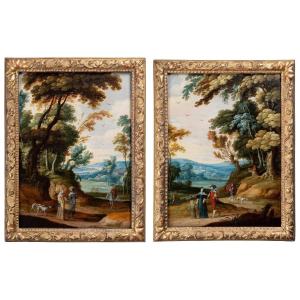If, according to the adage, “nature likes to hide”, the elite of the Grand Siècle like to show themselves there walking for pure pleasure. Breaking with the medieval imagination which perceived it as a place full of mystery, the forest becomes the theater of peregrinations where one lends oneself to a sensory experience of nature. Our pair of paintings bears witness to this new experience. On the left panel, a couple dressed in rich city clothes accompanied by their two greyhounds strolls around, bantering, and for them, the domesticated forest is no longer a hunting ground but an opportunity for a gallant outing. The right panel restores a humble fragment of family life embodied by the walk of this couple with their child. In the background of the two compositions, the space is animated by figures whose presence subtly leads us towards a distant horizon whose bluish tones merge with the sky, forming a harmonious whole. Inscribed in the Flemish landscape tradition initiated by Pieter Brueghel the Elder and continued by Gillis van Coninxloo II in the 16th century, our artist, probably attached to the Coninxloo studio, places the viewer and the horizon line at a lower level , which gives all their strength to the mineral and vegetable elements. This forest is punctuated by tortuous trunks and rocky reliefs designed like a curtain closing the scenes on the sides. The foliage of the trees is rendered by large spots with indecisive shapes on a plain background, alternating light masses and dark masses so as to simulate the penetration of the rays of the sun. As a good landscape painter, our artist feeds his imagination with a direct observation of nature which allows him to deploy all the poetry of a scene of calm and sincere rural life. According to Cardinal Federico Borromo, a great collector of Flemish landscapes, "these painted views enclose on a reduced surface all the earth and the sky, [so that] we can make long spiritual wanderings there, while remaining quietly in our room ".
Our two paintings are delicately underlined by carved and gilded wooden frames called “à la Bérain” from the Louis XIV period.
Dimensions: 37.5 x 27 cm – 44 x 33.5 cm with the frame
Gillis van Coninxloo II (bapt. Antwerp, 24 Jan. 1544 – Amsterdam, 1606) formerly called Coninxloo III wrongly, learned painting from Pieter van Alst II before becoming master of the guild of Saint Luke of Antwerp in 1570. Fleeing the capture of the city by Alexander Farnese in 1585, he settled in Frankenthal, a small German village populated by Flemish immigrants raised to the rank of city by Duke Jean-Casimir, regent of the Palatinate. The influence of this new center of production of landscape paintings is such that its style will characterize the so-called “Frankenthal” school. Leaving this city in 1595, Coninxloo settled in Holland where his style continued into the first third of the 17th century.
Bibliography: TAPIE, Alain, WEEMANS, Michel, Fables of the Flemish landscape, (cat. exp. Lille, Palace of Fine Arts, October 6, 2012-January 14, 2013), Paris, Somogy, 2012. THIERY, Yvonne, Flemish painters landscape in the 17th century: precursors to Rubens, Brussels, Lefèbvre and Gillet, 1988.






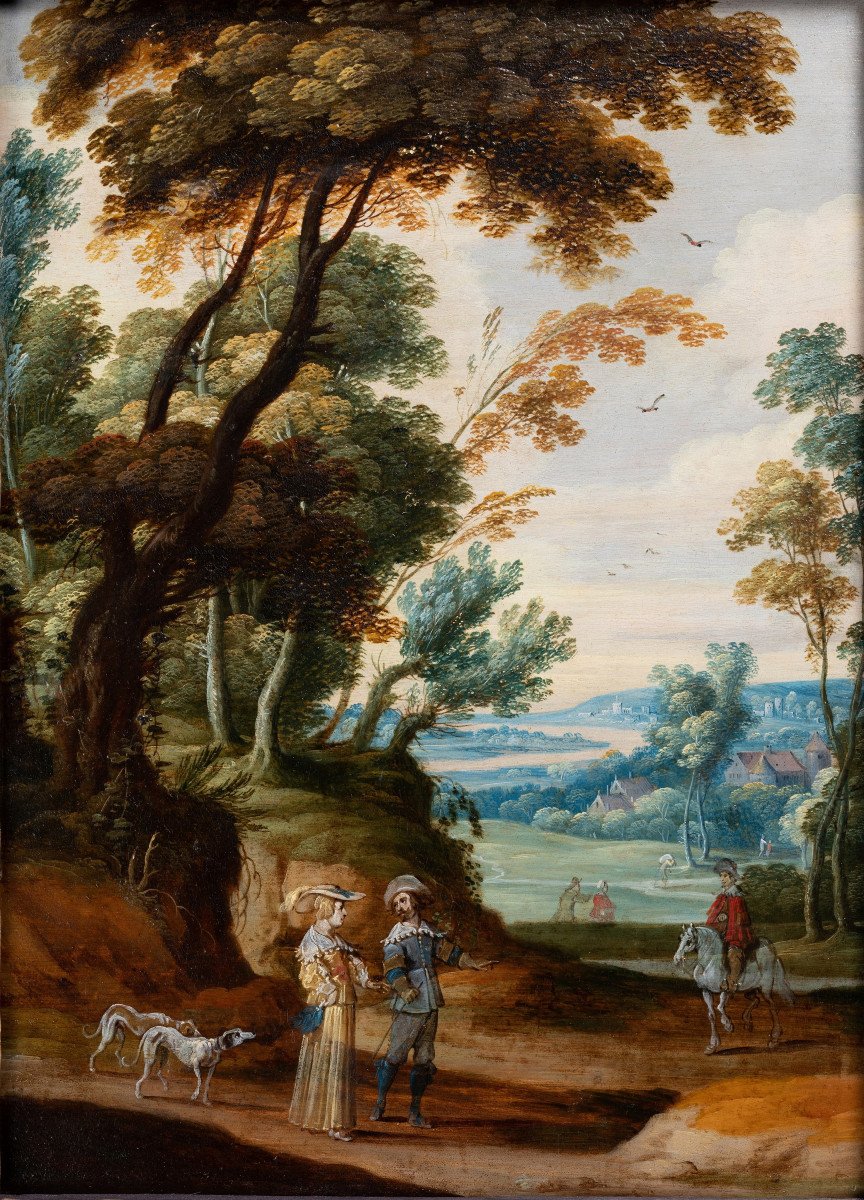


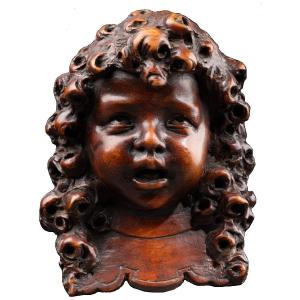

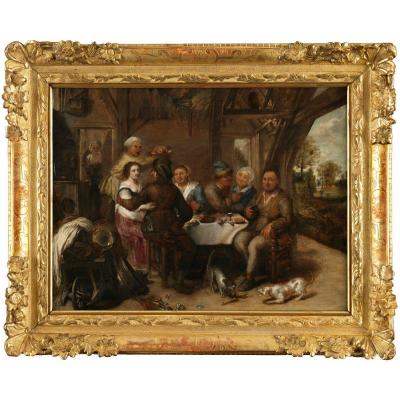

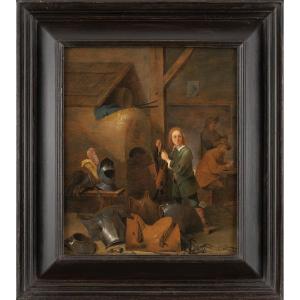




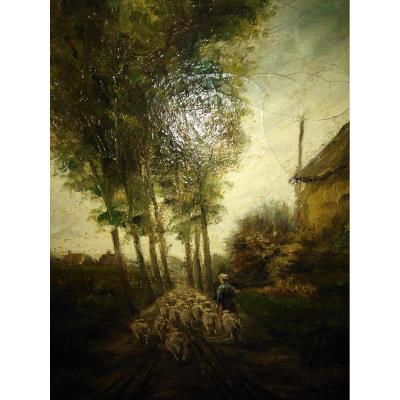






 Le Magazine de PROANTIC
Le Magazine de PROANTIC TRÉSORS Magazine
TRÉSORS Magazine Rivista Artiquariato
Rivista Artiquariato
